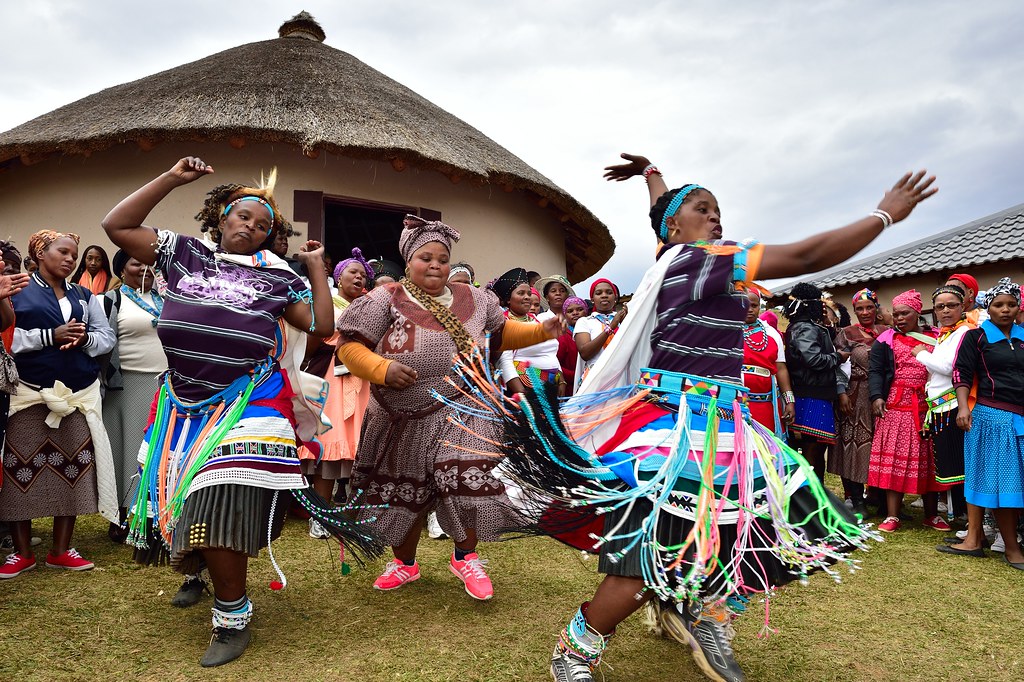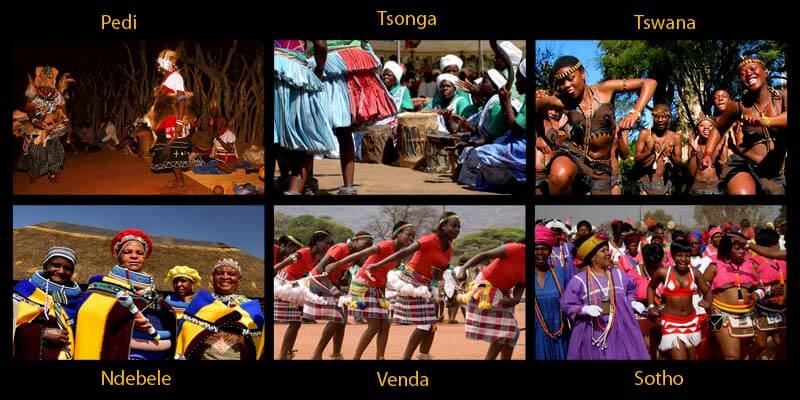Some Known Facts About South African Culture Today.
Some Known Facts About South African Culture Today.
Blog Article
South African Culture Today for Beginners
Table of ContentsThe Basic Principles Of South African Culture Today South African Culture Today for DummiesEverything about South African Culture TodayThe Buzz on South African Culture TodaySouth African Culture Today - The FactsHow South African Culture Today can Save You Time, Stress, and Money.
This follows with singing and drum beating. The groom and bride after that consult with the elders and talk about the importance of their union. An issue of relevance in Zambian towns is the passing away of liked ones. All participants of the village placed money, effort and time together for the burial of the deceased.Music and dancing is a very crucial element of the Zambian culture. The various tribal systems have their very own dance forms; nevertheless, makishi is typical among all tribes.
Some Known Details About South African Culture Today
When it pertains to songs, drums are made use of one of the most, with a variety of drumming events. In Zambia, bulk of the people are Christian; Protestant and Roman Catholic. There are small groups of Muslims and Hindus, with the remainder adhering to local indigenous tribal ideas.

South African heritage and society is tremendously varied, and contains various teams of individuals that each have their very own traditions and ideas. Having such a diversity of people and societies is what makes South Africa so one-of-a-kind. In truth sense of the expression, we are a rainbow country.
South Africa has about 3 hundred thousand Portuguese people living in it. Making it the 7th on the list of nations with one of the most Portuguese individuals in it outside of Portugal. Portuguese is not only a culture, however it is also a language and a race. Portuguese individuals originate from the country of Portugal in Europe, nevertheless, because of Portugal (like several other countries in Europe) checking out the world and conquering various other countries throughout the 15th 20th centuries, South Africa has what we call Portuguese South African's living in it.
The South African Culture Today Statements
Among the prominent features of the topography is a plateau that covers practically 2 thirds of the facility of the nation. The plateau complex climbs toward the southeast, where it culminates in the Drakensberg range, component of an escarpment that divides the plateau from the coastal areas. The Drakensburg includes Sparkling wine Castle, the highest top in the country.
The region north of the Witwatersrand, called the bushveld, inclines downward from east to west toward the Limpopo River, which forms the worldwide boundary. The western area of the plateau, the middleveld, also descends towards the west and differs in elevation in between the highveld and bushveld. Between the Drakensburg and the eastern and southern coast, the land descends to the sea.
Nearer the coast there is a low-lying level called the eastern lowveld. Southwest of the plateau the nation comes to be progressively a lot more dry, paving the way to the stony desert of the Great Karroo, approached the east by the lower, better watered plateau of the Little Karroo. Separating the dry southerly inside from the sandy coastal of the southern coastline and West Cape is an additional range, the Langeberg.
South African Culture Today - Truths
The nation's racially, ethnically, and politically divided background has actually produced national and subnational signs that still function as Go Here symbols of the country, and others icons that are approved only by certain groups. The monuments to white settler occupation and political supremacy, such as the Afrikaner Voortrekker ("pioneer") Monolith in Pretoria and the Rhodes Monolith recognizing the British colonial realm building contractor and Cape prime priest Cecil Rhodes, continue to be sectarian signs.
The first contemporary occupants were reference the San ("bushman") hunter-gatherers and the Khoi ("Hottentot") peoples, that herded animals (South African culture today). The San may have been existing for hundreds of years and left evidence of their presence in thousands of ancient cave paintings ("rock art"). Bantu-speaking clans that were the ancestors of the Nguni (today's amaZulu, amaXhosa, amaSwazi, and vaTsonga peoples) and Tswana-Sotho language groups (today's Batswana and Southern and Northern Basotho) moved below east Africa as very early as the fifteenth century

Both former republics of the Orange Free State and Transvaal (South African Republic) were developed by Afrikaner settlers who defeated and dispossessed the Basotho and Batswana. Lesotho would certainly have been forcibly incorporated into the Orange Free State without the extension of British protection in 1869. The best unification of the nation resulted from the South African Battle (18991902) between the British and both Afrikaner republics, which minimized the country to mess up at the beginning of the twentieth century.
Afrikaners historically considered themselves the just real South Africans and, while granting full citizenship to all residents of European descent, denied that status to individuals of color up until the democratic change of 1994. British South Africans preserve a sense of cultural and social link to Great Britain without compromising their identity as South Africans.
What Does South African Culture Today Mean?
The diversity and fragmentation within ethnic collections and the equilibrium of tensions in between those teams throughout the twentieth century prevented interethnic civil conflict. While intergroup stress over sources, privileges, and political prominence continue to be, those conflicts are as most likely to match Zulu against Zulu Go Here as Zulu versus Xhosa or African against Afrikaner.
From colonial India, British merchants and administrators brought the rounded metal ornamental roofing systems and slender lace job columns that still symbolize the verandas of cottages arounds and cities throughout the nation. Homes of praise add a crucial building element even in the smallest towns. Along with the soaring steeples and traditional stonework of Afrikaans Dutch Reformed churches, Anglican churches, synagogues, mosques, and Hindu shrines supply variety to the religious building scene.

Butchering and the developing of standard cereal beer are important in securing the engagement and goodwill of the forefathers that are taken into consideration the guardians of good luck, success, and wellness. Indian communities keep their native culinary customs and apply them on Islamic and Hindu ritual and ritualistic celebrations. Afrikaners and Coloured individuals collect at weekend breaks and special occasions at multifamily barbeques called braais, where community bonds are enhanced.
Since this was the primary financial venture of both black Africans and white colonists, problem between those teams fixated the property of grazing land and livestock. In 1867, the biggest ruby down payments in the globe were discovered at Kimberley in the west central area. The wealth from those fields helped fund the exploitation of the biggest gold reef on the planet, which was discovered on the Witwatersrand in 1886.
Our South African Culture Today PDFs
This caused misunderstandings and intentional misrepresentation in the transactions of white inhabitants and federal government authorities with African chiefs throughout the early american duration (South African culture today). In the facility of African gets, some aspects of common and chiefly "tribal count on" land tenure were maintained, and also in white rural areas, forms of common period were still practiced in locations with African areas
After the democratic makeover of 1994, programs for land restitution, redistribution, and reform were set up, but development has been slow-moving. The white minority still regulates eighty percent of the land. Following agricultural land intrusions in Zimbabwe, the Department of Land Matters has actually promised to speed land redistribution.
Report this page